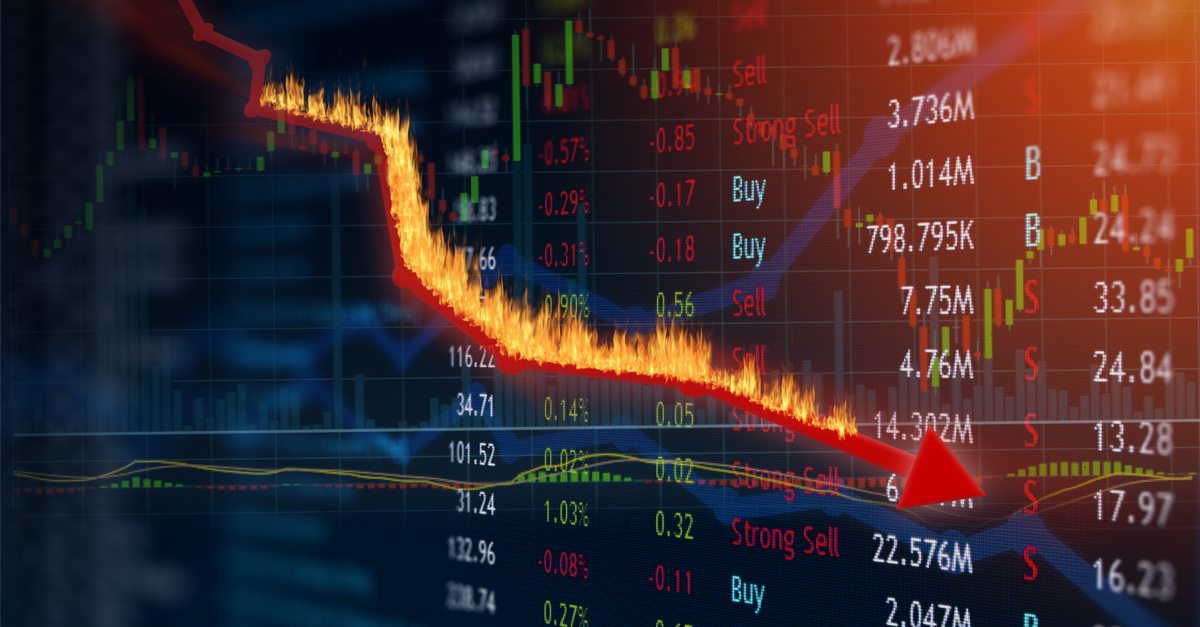Is The Stock Market In A Bubble? Or Is It On Fire?
The stock market isn’t a bubble, but parts of it are on fire.
So far in 2020, the NYSE FANG+ index of giant technology stocks is up 78%. The Renaissance IPO ETF, IPO 1.44% an exchange-traded fund that holds recent public offerings, is up 84%. The SPDR S&P Kensho Clean Power ETF, CNRG 1.68% which invests in renewable-energy companies, has gained 88%. Meanwhile, the overall stock market is up almost 11%.
For years, anyone who thinks any financial asset is somewhat overvalued has called it a bubble. The financial use of “bubble” originated centuries ago to describe massive speculation that inflates market prices to the bursting point.
Financial bubbles have never had a formal definition, though, and they are diabolically difficult to identify without the benefit of hindsight. The image of a bubble is itself a misnomer. As any kid who’s ever chewed gum knows, bubbles often barely expand before bursting, and they don’t bother anybody much except parents and teachers.
Financial markets, however, can easily heat up fivefold or even 10-fold and then collapse at least 50% in a flash, burning millions of speculators and sometimes charring entire economies. Think of the U.S. after the stock market crash of 1929, or Japan 60-plus years later.
Rather than regarding overvalued assets as a bubble, we might consider them a fire. The more it expands and the hotter it gets, the more havoc it can wreak.
In their book “Boom and Bust,” finance scholars William Quinn and John Turner look closely at 300 years’ worth of market manias using the metaphor of “the fire triangle.” That image has long been evoked to explain the conditions necessary for flames to erupt and persist: oxygen, fuel, and heat. Remove one, and you can prevent or put out a fire.
The oxygen of investing is marketability or the ease of buying and selling an asset. Centuries ago, that meant carving up difficult-to-transfer corporate ownership into tradable shares. Nowadays it’s carrying a stockbroker in your pocket. With a smartphone-trading app, you can buy or sell so-called fractional shares in increments anyone can afford.
The second side of the fire triangle, fuel, is manifested in financial markets by money and credit. Low-interest rates make investing with borrowed money easier and cheaper, while low yields on safe savings and fixed deposits motivate people to opt for riskier alternatives.
Today, borrowed money fuels mega-billion-dollar private-equity firms buying entire companies. Individual investors can start small “margin” trades with as little as USD2,000 in a brokerage account.
The third side of the triangle, heat, is supplied by market speculation. When prices go up, more people buy, inflaming prices even more and attracting another rush of speculators.
Marketability, credit, and speculation are necessary, but not sufficient, to start and maintain a market fire. A fourth component, what the authors call a “spark,” is also needed. This might come from new technology, government intervention, or both.
“Boom and Bust" shows that most bubbles tend to be confined to a few stocks or industries. However, the huge fire among the giant stocks can set the neighborhood ablaze. In 2000, after the technology-heavy Nasdaq index collapsed, the broader S&P 500 also tumbled. Let’s hope for the best for 2020 and 2021.
Disclaimer: Trading foreign exchange on margin carries a high level of risk, and may not be suitable for all investors. The high degree of leverage can work against you as well as for you. ...
more



